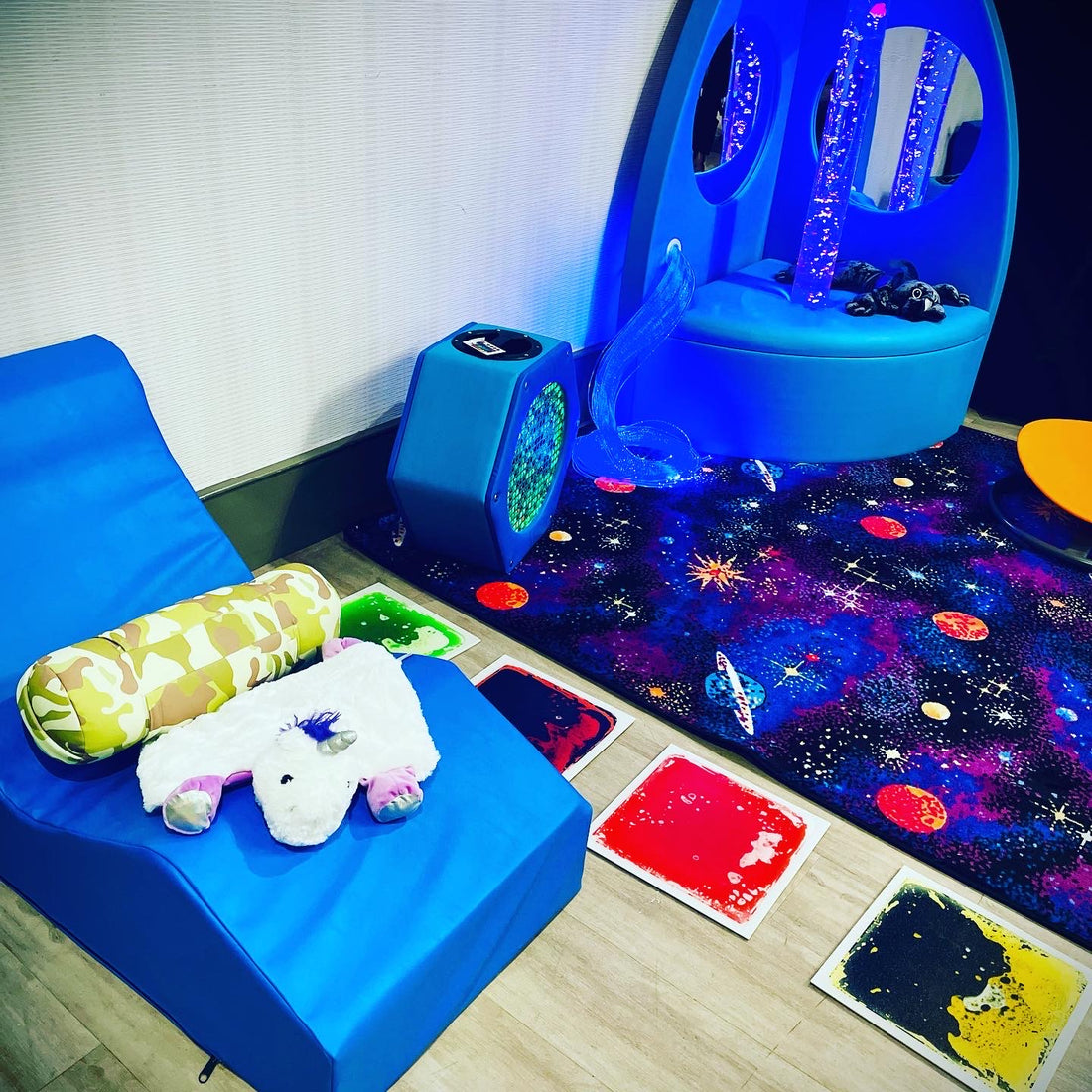Introduction:
Sensory rooms have gained increasing attention in recent years as a therapeutic and supportive environment for individuals with sensory processing challenges, such as autism spectrum disorders, sensory sensitivities, and various cognitive or developmental conditions. These purposefully designed spaces are equipped with a variety of sensory stimuli that cater to an individual's sensory needs, creating a soothing and engaging environment. In this essay, we will explore the efficacy of sensory rooms in enhancing well-being, focusing on their benefits for individuals of all ages, especially those with sensory-related conditions.
Sensory Rooms and Their Elements
Sensory rooms are specially designed to engage and stimulate the senses, creating an environment that promotes relaxation and well-being. These spaces typically include elements like soft lighting, comfortable seating, tactile materials, auditory equipment, and various textures, colors, and scents. The key to a successful sensory room lies in its adaptability, as the elements can be adjusted to meet the specific sensory needs of the individual using the space. You can find items to place in your Sensory Room HERE.

Promoting Sensory Regulation
One of the primary benefits of sensory rooms is their ability to facilitate sensory regulation. Individuals with sensory processing challenges may become overwhelmed by everyday stimuli, leading to heightened anxiety or emotional distress. Sensory rooms provide a controlled environment in which these individuals can safely explore and engage with sensory input at their own pace. The ability to self-regulate sensory experiences can reduce anxiety and improve emotional well-being.
Enhancing Communication and Interaction
Sensory rooms are not limited to helping individuals with sensory sensitivities; they can also be beneficial for those with communication difficulties. These environments offer a space where individuals can engage in non-verbal communication, express their emotions, and connect with others through shared sensory experiences. For children and adults on the autism spectrum, sensory rooms can be particularly useful in promoting social interaction and communication skills.
Stress Reduction
The calming and immersive nature of sensory rooms can also significantly reduce stress and anxiety. The sensory elements in these rooms encourage relaxation and mindfulness, helping individuals disconnect from the outside world's demands. This can be especially helpful in healthcare settings, where patients may experience high levels of stress or anxiety.
Cognitive and Emotional Development
Sensory rooms play a crucial role in cognitive and emotional development, especially for children. These environments provide opportunities for exploration and discovery, which are essential for brain development. Through engaging with various sensory elements, individuals can improve their sensory processing skills, fine and gross motor skills, and problem-solving abilities.
Personalized Therapeutic Experiences
The effectiveness of sensory rooms lies in their flexibility and adaptability. These spaces can be tailored to meet the specific needs and preferences of the individual, making them an invaluable tool in therapeutic settings. Occupational therapists, speech therapists, and special education professionals can use sensory rooms to provide personalized interventions that target specific developmental or therapeutic goals.
Conclusion:
Sensory rooms are powerful tools for enhancing well-being, offering a safe and therapeutic environment for individuals of all ages, especially those with sensory processing challenges. These spaces promote sensory regulation, reduce stress, and facilitate communication and social interaction. As our understanding of the importance of sensory well-being grows, the efficacy of sensory rooms in enhancing the overall quality of life for individuals with diverse needs becomes increasingly evident. Sensory rooms are not just rooms; they are gateways to improved well-being, emotional development, and personal growth.

